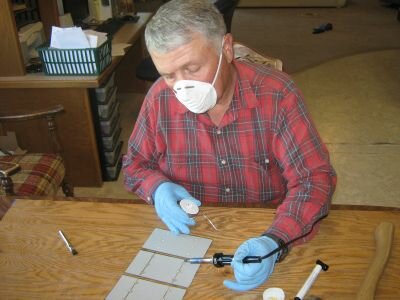
When you are doing your own Do It Yourself (DIY) home solar power system, there are a lot of challenges you have to face. One particular problem is damaged solar panel.
If you are using new solar panel, a damaged panel is covered by the warranty. You can simply send it back to the manufacturer and get a new one. What if you want to use a damaged Photovoltaic (PV) panel?
But why would anyone want to use damaged solar components? Reason being, damaged goods are cheaper. Some faulty solar panels can still be used but the power output may be lesser. The tricky part is to test the solar panel to make sure it is within its working capacity.
To check the solar panel, begin by having a quick look at the specification of the module. Next, get a multi-meter ready. Position the panel in such a way so that the sun light is shining on the PV cells. The first process is to test the voltage.
Inside the junction box of the PV panel, you will see a “+” and a “-” sign. But be careful when you are doing this. Some PV modules are live and there is a risk of you being electrocuted. Use caution and make sure you do things appropriately.
Get your multi-meter set to DC volt at the 200 volts marking. Make sure you switch the leads from amps to volt. This is a very common mistake people do and that will give you incorrect readings.
Now, stick the positive lead on the positive terminal and then do the same with the negative leads. Looking at the specs, you will expect to see about 22 volts. If you were to change the angle of the solar panel towards the sun, you may see some increase or decrease of the readings.
The next thing you have to do is test the amperage readings. Set your multi-meter to read current and place the leads on the positive and negative terminals respectively. If the readings are within the factory specification, the solar panel is good to go.
Homemade Solar Power Guide
Do you need help to make your own DIY home solar power system? If you do, check out John Russel’s Power4Home guide. The manual comes with pdf files and step by step High Definition (HD) instructional videos. For more information, click on the link below.